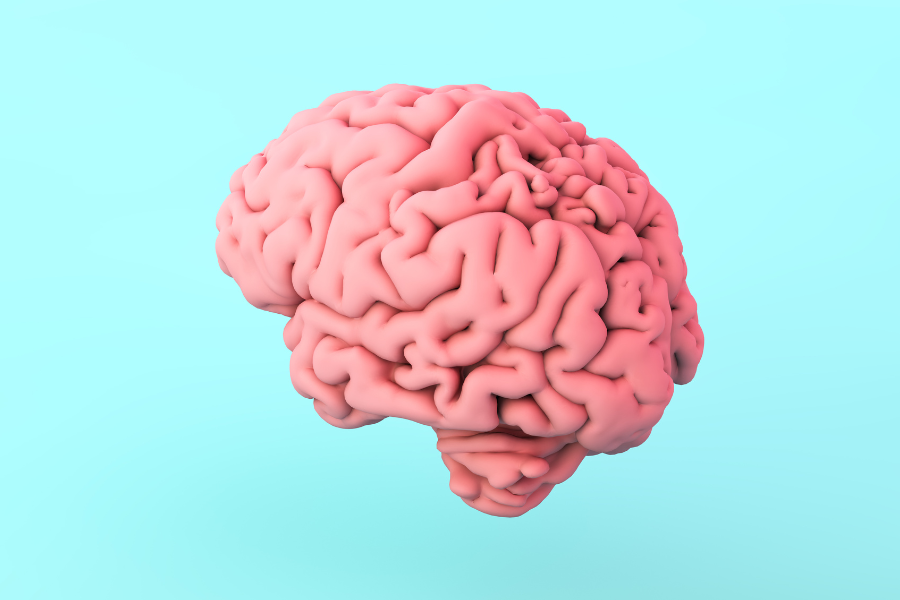The field of education is not without its own elements of “truthiness.” These are insights that feel right, with little regard to facts or evidence. In the classroom, these elements are passed down from teacher to teacher and pervade mainstream education. But for the first time, they are being challenged.
The Myth
Learning Styles is the concept that every student learns best by one or two modes of teaching. This concept holds a deep appeal (we are all individuals who can learn easily if we just identify our style!) and gave rise to an entire educational industry. You can buy textbooks, personal assessments, and teaching guides that identify and harness the different types of teaching. You have probably even seen the Learning Style system in elementary and middle schools across the country:
“Are you a LISTENER, a READER, or a DOER?”
 connectionsacademy.com
connectionsacademy.com
However for the first time, a group of researchers looked at the results of applying Learning Styles in the classroom. Their findings? Learning Styles are not actually a thing. The vast majority of students do not benefit in any way by applying the Learning Styles method. Children will, of course, express a preference for a certain way of teaching, yet there is no evidence that the student learns better through that method. In fact, the researchers found that it is detrimental to teach using a limited number of Learning Styles.
The Solution
So how do we learn best? As it turns out, learning needs to be task oriented. Consider a young girl who is learning to shoot a free-throw. Should she LISTEN to a lecture of a professional describing how to shoot free-throws? Should she READ books about shooting basketballs? Maybe, but the single best way for her to improve is to go out on the court and shoot them herself. Because this is a DOING skill, she will learn best by learning as a DOER, regardless of whether or not identifies as a LISTENER, READER, or DOER.
It is crucial that teachers and tutors focus on the actual skill the student must learn then teach her using that method. By individualizing the lesson to fit the goal, rather than the student’s preference, a tutor can ensure that every minute of the lesson contributes towards accomplishing that goal.
At ArborBridge, we believe that a student learns best when he or she can practice a specific skill in the manner he or she will use it. The ArborBridge curriculum does just this; we individualize a student’s program by identify his or her weakest skills. Then each lesson is designed to target one specific skill, and provide the student with practice in the exact manner in which the skill will be tested.
For more information on individualizing a student program, please visit our curriculum page.
References
Jenny Anderson, “You May Think You Learn Better in a Certain Way. You Don’t,” Quartz, Dec 9 2015. http://qz.com/568617/you-may-think-you-learn-better-in-a-certain-way-you-actually-dont/
Newton, Philip M., “The Learning Styles Myth is Thriving in Higher Education.” Frontiers in Psychology, Dec 15 2015. http://dx.doi.org/10.3389/fpsyg.2015.01908
Pashler et al., “Learning Styles: Concepts and Evidence.” Association for Psychological Sciences 9:3(2009) 105-117






